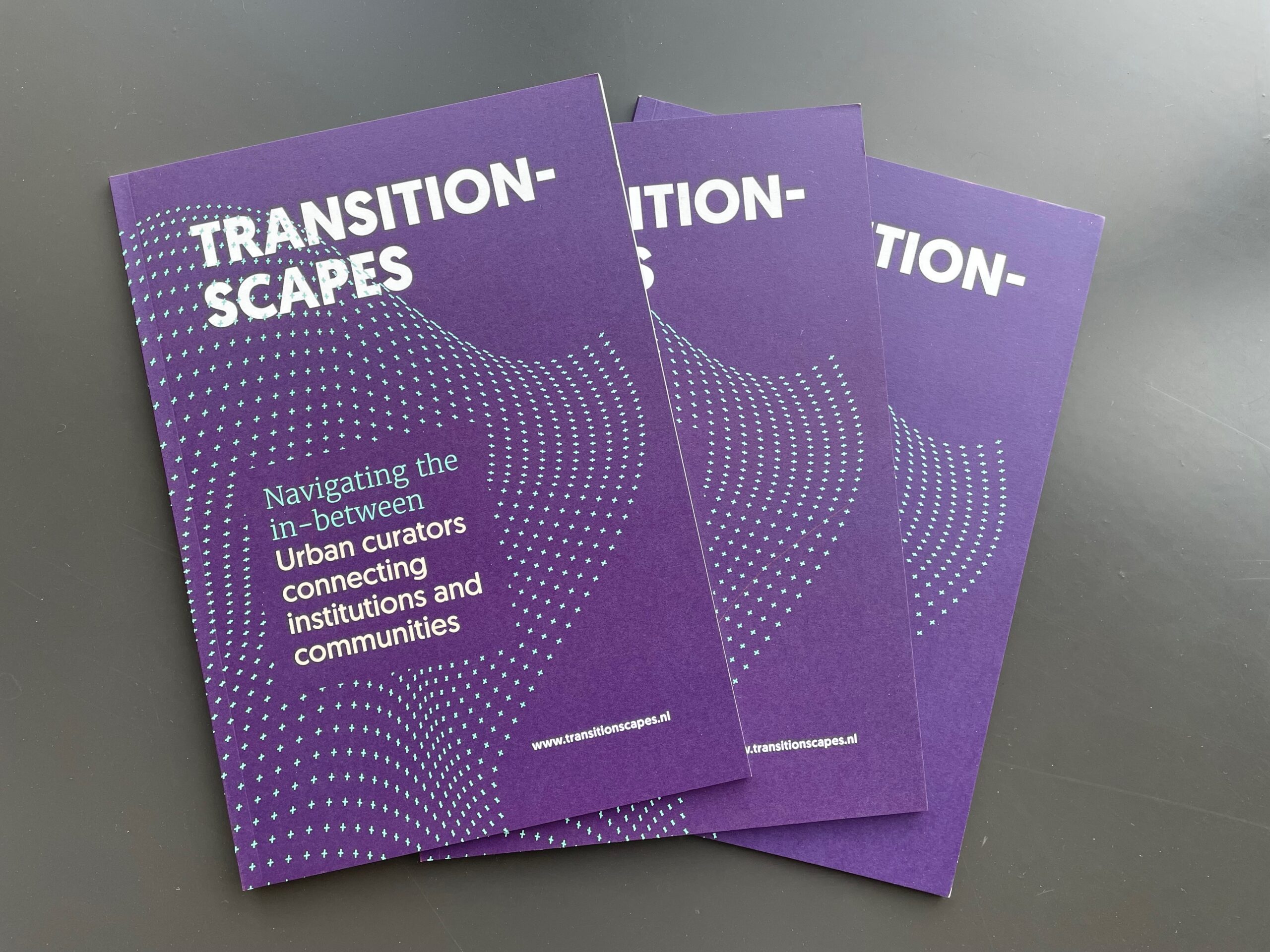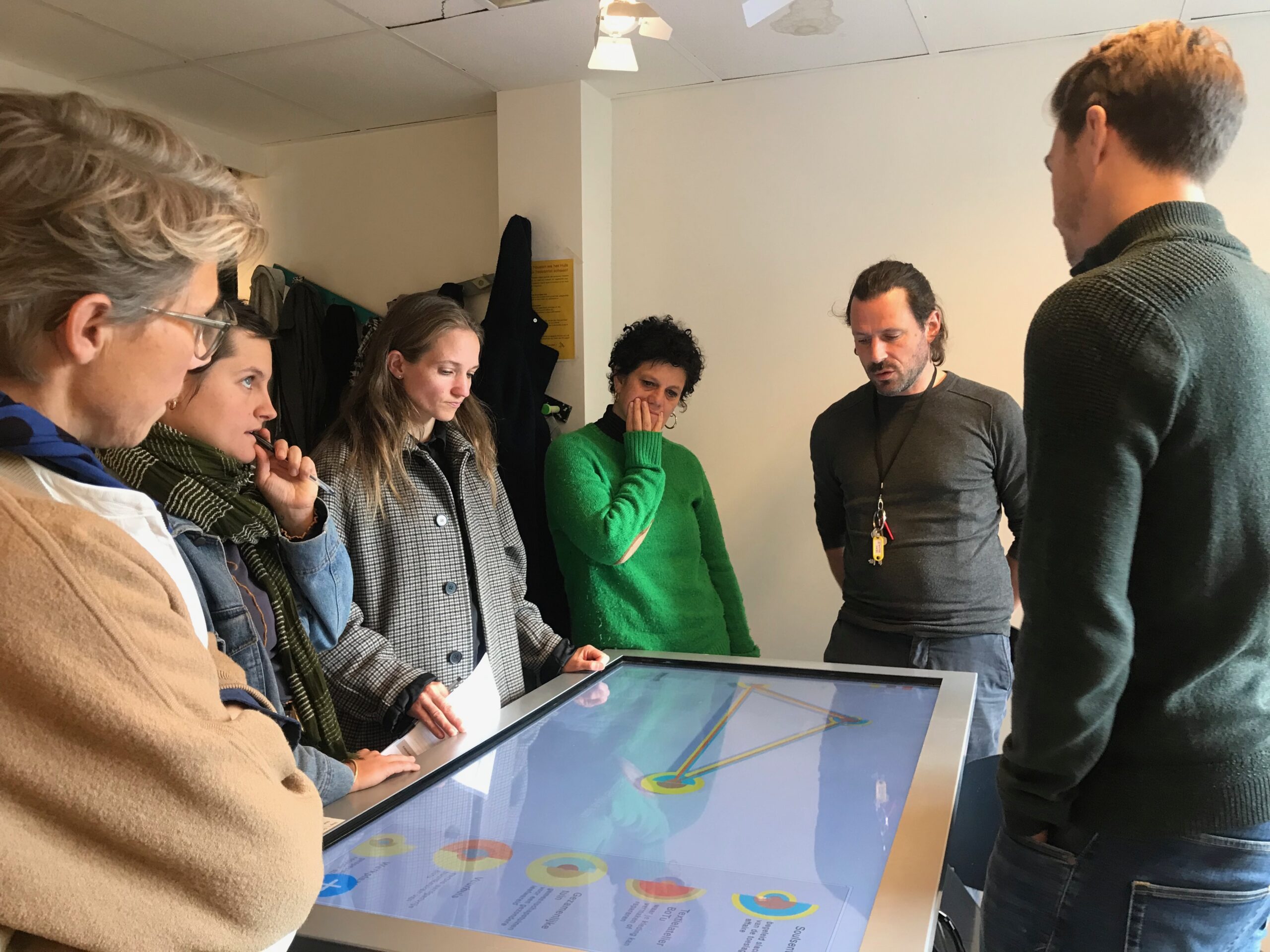Curator and research lead
Client: Civic Interaction Design Research Group – Amsterdam University of Applied Sciences
Societal challenges like the energy transition are complex, requiring technological innovations to fit seamlessly into mostly existing neighbourhoods. The willingness of residents to embrace these changes is crucial to their success.
Architects, designers and artists are key players in helping people understand tomorrow’s energy systems. They bring expertise and awareness of the complex processes behind designing the energy transition which involves technology, space, people, money and time. Working at different levels, they understand how to navigate the needs of institutions while engaging the community from day one and facilitating bottom-up initiatives.
However, these perspectives can sometimes clash. For example, an institutional top-down, technical approach often doesn’t align with everyday community life or civic initiatives. As a result, these professionals are moving beyond their traditional design roles to become urban curators that bring together experts, institutions and residents to collaboratively explore new systems and find holistic solutions.
Transition-scapes are interactive tools that assist urban curators in making sustainability transitions fairer, more inclusive, and with greater chance of success. These tools, which can be interactive city models, annotated landscapes or sensory experiences, serve as testing grounds for future scenarios. They encourage people to have informed discussions, share experiences, build partnerships and explore different futures together.
The Transition-Scapes research project examined the potential role of these interactive tools in helping orchestrate the energy transition and what it takes to design and embrace them effectively.
Protoypes
Two prototypes were developed through a Research-through-Design process: one for Huis van de Toekomst (House of the Future or HvdT) in Rotterdam’s Bospolder-Tussendijken neighbourhood, and the other for the upcoming Haven-Stad area in Amsterdam. Workshops were held at each location with designers, community members and institutional stakeholders to refine the research question, develop a joint approach for a transition-scape, and test the prototypes with different target groups.
Key questions included: How can a transition-scape be used in a process of change? How can it contribute to mutual learning and shaping a shared agenda? How can it help build coalitions and create ownership? Who owns the transition-scape and moderates the discussion? What are the key conditions for the development and final design of a transition-scape?
Partners
Project Partners: International Architecture Biennale Rotterdam, Arcam, Nieuwe Instituut, UNStudio, Bright, One Architecture, Clever°Franke, Tellart, Shosho, Gemeente Amsterdam, Alliander, &Flux, Arcadis, Play the City, Huis van de Toekomst, Studio Bertels
Research Partners: AUAS – Spatial Urban Transformation Research Group, Planbureau voor de Leefomgeving
Publication
You can download our publication “Navigating the In-Between: Urban curators connecting institutions and communities” here.
For those of you who couldn’t join our closing event, the recording is available to watch here.
www.transitionscapes.nl






